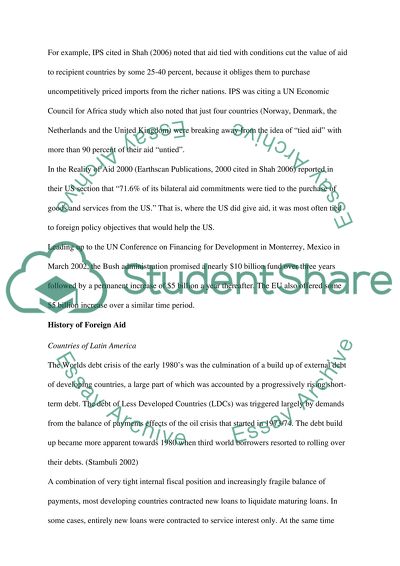Cite this document
(“Effectivess of Foreign Aid as a Form of Multinational Financial Essay”, n.d.)
Effectivess of Foreign Aid as a Form of Multinational Financial Essay. Retrieved from https://studentshare.org/macro-microeconomics/1517170-effectivess-of-foreign-aid-as-a-form-of-multinational-financial-assistanse
Effectivess of Foreign Aid as a Form of Multinational Financial Essay. Retrieved from https://studentshare.org/macro-microeconomics/1517170-effectivess-of-foreign-aid-as-a-form-of-multinational-financial-assistanse
(Effectivess of Foreign Aid As a Form of Multinational Financial Essay)
Effectivess of Foreign Aid As a Form of Multinational Financial Essay. https://studentshare.org/macro-microeconomics/1517170-effectivess-of-foreign-aid-as-a-form-of-multinational-financial-assistanse.
Effectivess of Foreign Aid As a Form of Multinational Financial Essay. https://studentshare.org/macro-microeconomics/1517170-effectivess-of-foreign-aid-as-a-form-of-multinational-financial-assistanse.
“Effectivess of Foreign Aid As a Form of Multinational Financial Essay”, n.d. https://studentshare.org/macro-microeconomics/1517170-effectivess-of-foreign-aid-as-a-form-of-multinational-financial-assistanse.


